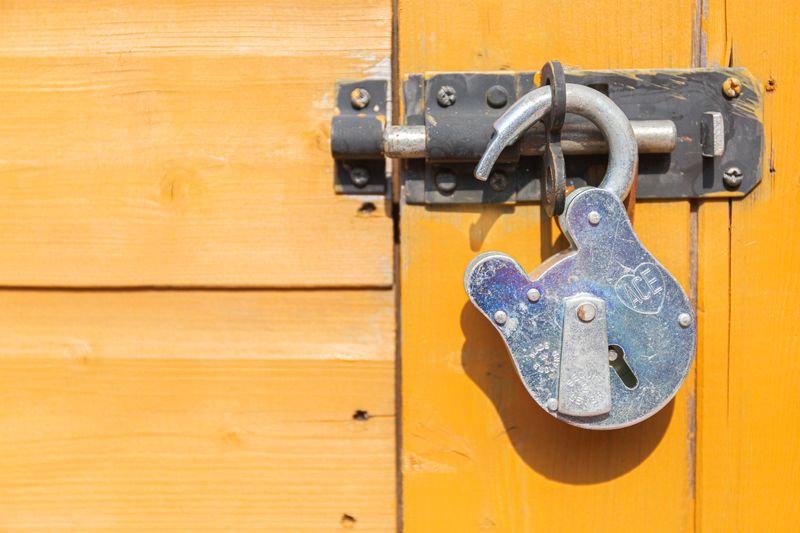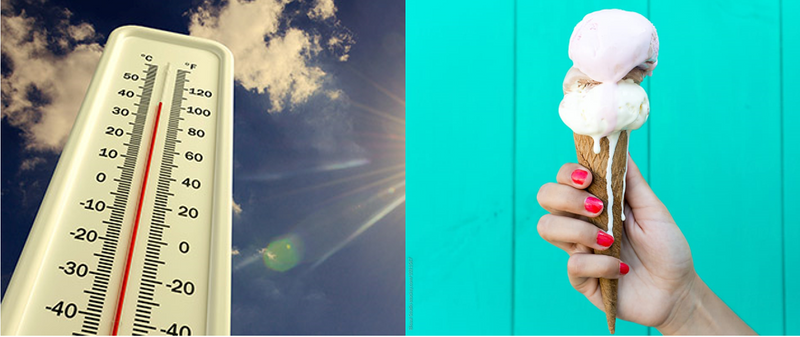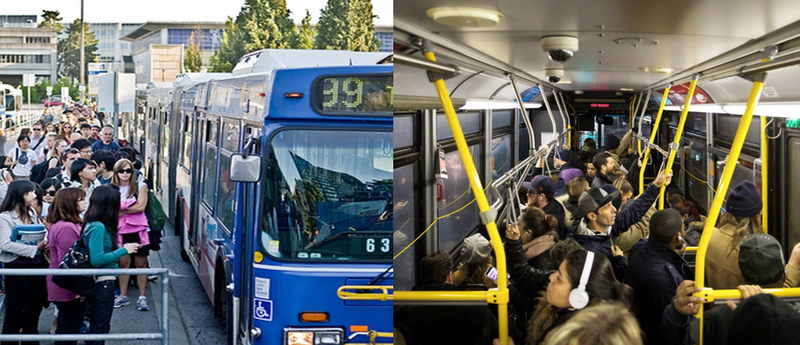Understanding correlation can help you predict the future!
Are you looking to motivate people?
Do you want to be become more effective in sales and marketing?
Do you want to unlock the secrets of human behaviour?
If you answered yes to any of these questions, understanding correlation is KEY!

#1: What Are Correlations?
"In the broadest sense, correlation is any statistical association, though it commonly refers to the degree to which a pair of variables are related."
Watch this video to learn more:
Quiz
1: A correlation is a...
#2: Positive Correlations
When there is a positive correlation, when one set of data values increase, so does the other.
Example: As the weather gets hotter, ice cream sales increase.

More examples of positive correlations:
As your level of education increases, so does the likelihood of earning a higher salary.
The harder you work, the more progress you'll achieve.
Quiz
A positive correlation is:
#3: Negative Correlations
When there is a negative correlation, when one set of data values increases, the other set decreases.
Example: The more people who ride the bus, the fewer number of empty seats there are.

More examples of negative correlations:
As the cost of producing something decreases, the number you can produce increases.
The more payments you make on a loan, the less money you'll owe.
Quiz
A negative correlation is:
Take Action
Great work! Remember, when thinking about correlations:
It's about the relationship between two sets of variables.
Positive = data moving together. Negative = data moving apart.
Try it yourself: When you're trying to influence or predict people's behaviour, ask yourself "What are the factors that correlate to increase or decrease in that behaviour?"
When in doubt, just think about a sunny day and eating an ice cream :)

Your feedback matters to us.
This Byte helped me better understand the topic.
